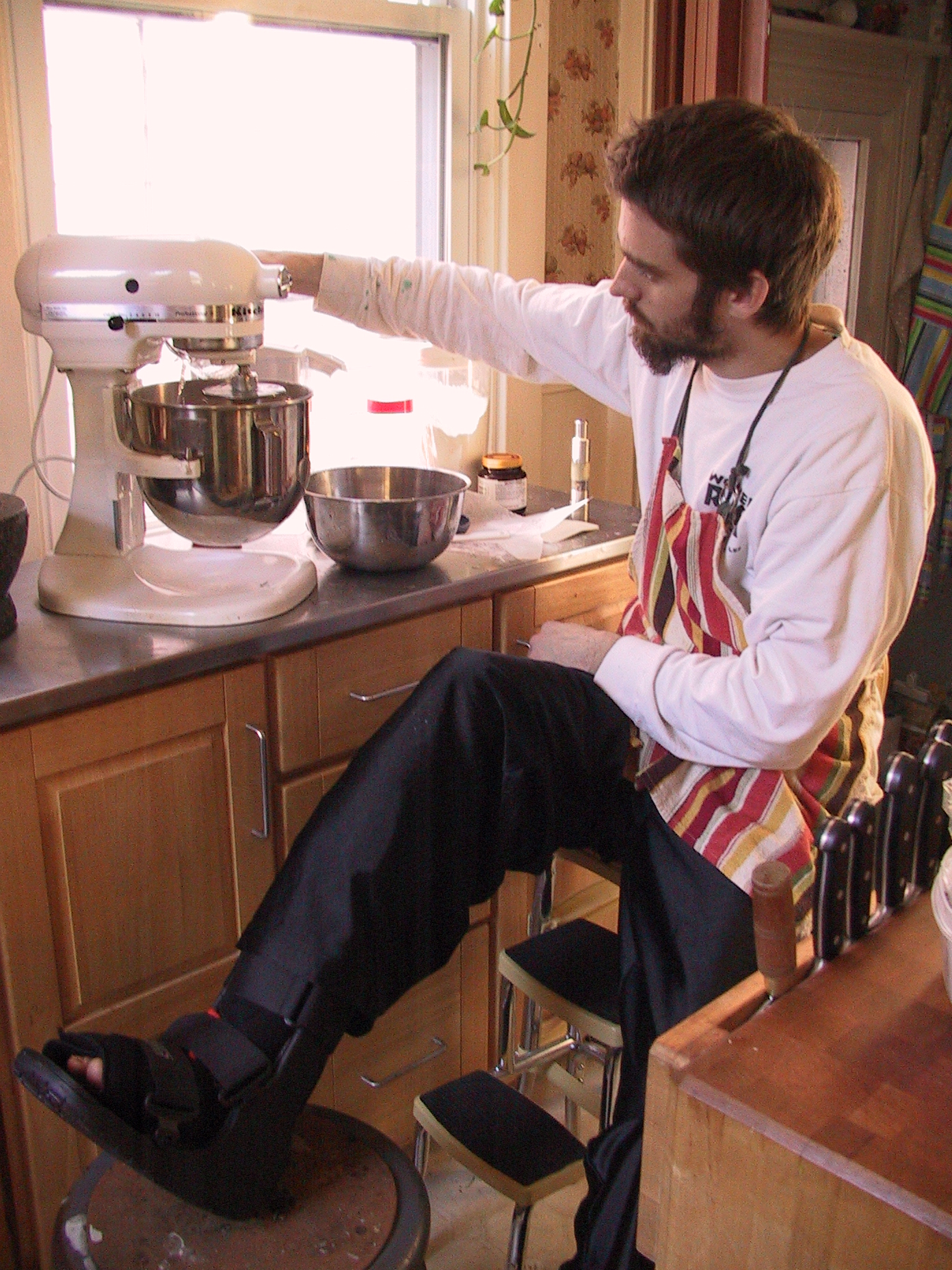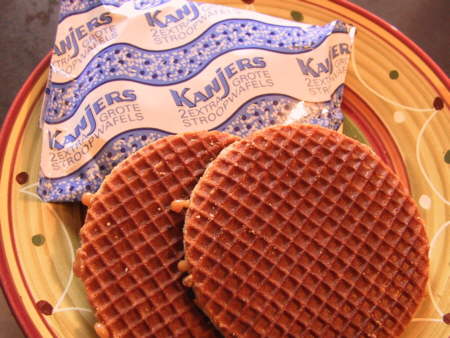Hello Jesse,
I just stumbled upon your blog today through various clicks and it has been a real treat to read. I am currently living in rural China as part of World Teach, a volunteer program that sends willing participants to developing countries, teaching their little ones Spoken English. I have 23 classes a week, which translates to over 1000 students.
Now, don’t get me wrong, Chinese food is delicious, and I can guarantee you’ve never had real Chinese food (that stuff from the states is not!). I live in southern Hunan which is known for their spicy dishes, and let me you, they ain’t lyin. However, every once in a while you get sick, as a foreigner this is to be expected. Crops are grown wherever they can and are fertilized with the most natural of fertilizers (poop!) amongst other things. Who knows what it was? Either way, it only reinforced my plan to begin cooking more for myself. Stateside I’m an enthusiastic kitchen dweller with my own favorites. Yet, I’m homesick, and I can’t wait for the day when I can make a proper breakfast, lunch, and dinner.
So, my question, I’m looking for a little advice in terms of what to cook for myself. As for implements, I have a two burner gas stove, which seems to have 2 settings, afterburner and not-so-afterburner, and a microwave which I haven’t fully learned how to operate. I have a wok and a frying pan, and two pots, both pressure cookers, however, one does not have a lid. They are maybe 3 quarts? It’s possible to find bigger pots, however, most are incredibly thin pounded sheet metal.
As for ingredients: Of course, rice, lots and lots of rice. Rice noodles as well. I have absolutely no cheese to speak of. However, the kids all drink some “milk” that’s never refrigerated. Vegetables include garlic, ginger, tomatoes, potatoes, red onion, pumpkin, white gourd, cucumber, eggplant, carrot, celery, mushrooms, numerous greens, cabbage, some other unidentified root vegetables, and of course, peppers. Fruits include apples, oranges, bananas.
Meats include pork, beef, duck, chicken, dog, rabbit, cat, boar, goat, and a ton of fish, amphibians, snakes, and I’ve even seen a badger for sale. Now, most of these are sold whole, cleaned, but whole. The pork you can buy by the half kilo, and there is no such thing as a cut of meat. You get whatever you point to.
There’s a plethora of other stuff, dried spices, dried meats, eggs, but much I cannot identify.
Peace,
Derek
Derek–
Surprisingly, I have had real Chinese food, though nowhere near as much as you have, and from Beijing, where I spent a few days in 1999. More often than not, I didn’t know what I was eating. Though some of the foods I tried were quite tasty, each sampling of a new dish took a great deal of willpower (I swear one of the foods I sampled was jellyfish, but I have no way of knowing for certain). My main impression of eating in China was that each meal was an adventure. It sounds like you have a more balanced and positive view of the local cuisine than my short stay provided me, but in any case I can understand why you would like to do some more cooking for yourself.
Your available equipment, of course, puts some limitations on what you can make, the most notable being nothing roasted or baked. Still, with some creativity, there’s still a fairly wide range of what you can accomplish with two burners.
(more…)

